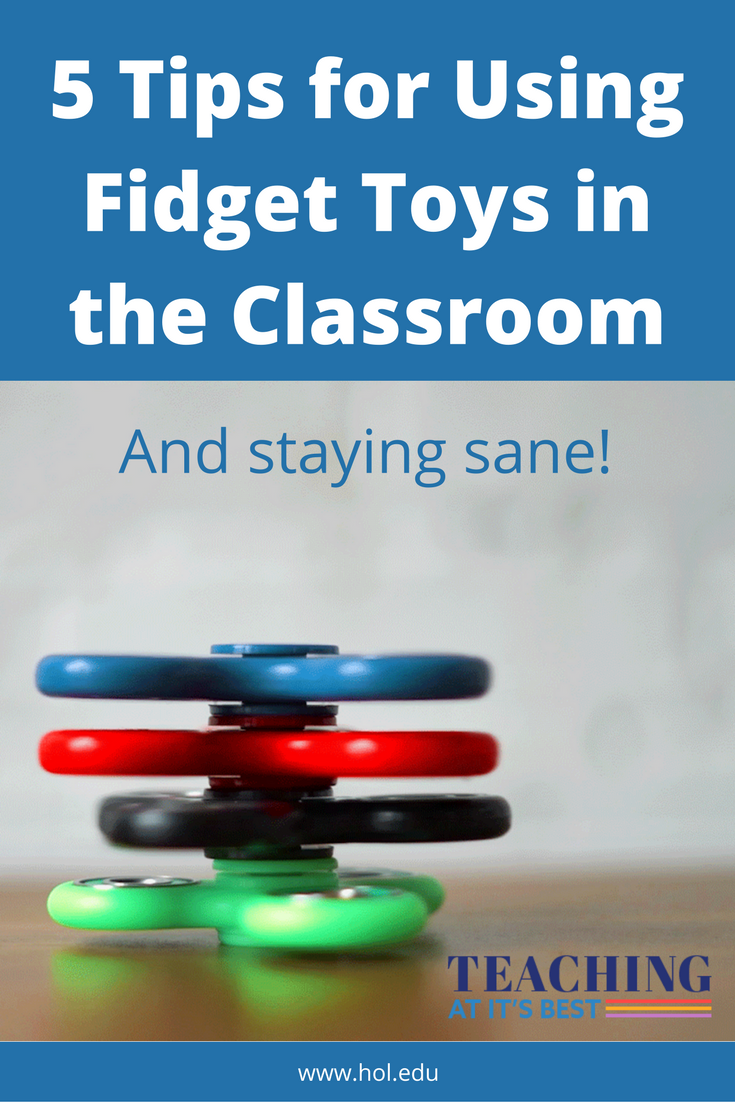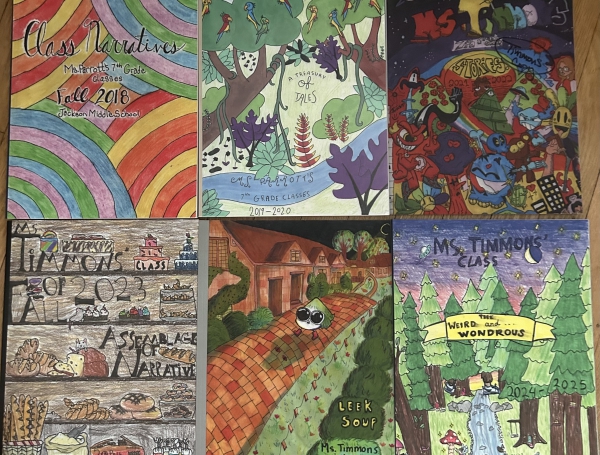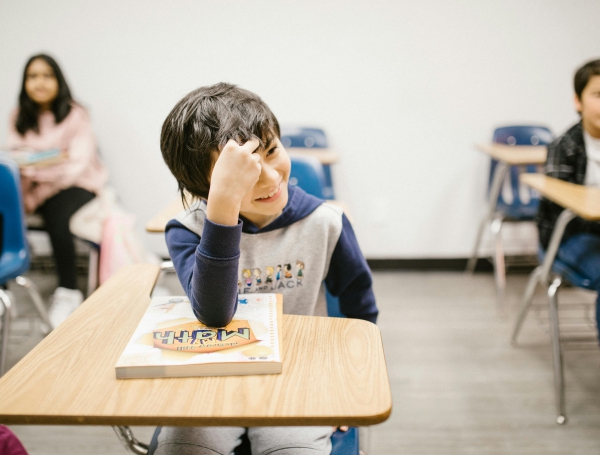

5 Tips for Using Fidget Toys in the Classroom (and Staying Sane!)
July 28, 2017
Love them or hate them, fidget toys are one of the latest fads to storm the world of education. These little tools for busy fingers can be a challenge to deal with in the classroom, but with a little thought and planning, can actually be a lifesaver when it comes to keeping distractible kids on task and engaged in your lesson. If you’re a teacher curious about how to use fidget toys to your advantage in the classroom, here are 5 basic ground rules that have helped me make the most of them:
1. Sharing Isn’t Always Caring
I have a small collection of fidget toys available for students, and many students bring in their own spinners or fidget cubes from home. My rule is: you keep the fidget you had when class started. If I hand them out, you get the one I hand you, no trading for one that’s a color you like better. If you walk in with a spinner in your hand, I shouldn’t see it in anyone else’s hand at any point in the classroom. If a student shares a fidget toy, I confiscate it for the period and remind the students of the rule. If it’s a repeated problem, I revoke that student’s fidget privileges, and take further disciplinary steps as necessary, and according to my school’s discipline policy.
2. Keep it in One Piece
I have Tangles ® in my collection of fidget toys, and if you’re familiar with these, you know they come apart into several different component pieces--a feature I didn’t discover until I’d passed them out to a few industrious students. When it became apparent that these students quickly became more interested in rearranging the pieces into new patterns (instead of doing their assignments), I instituted a new rule: don’t take them apart. A lot of fidgets have the potential to be taken apart--spinners can be dissected to reveal the ball-bearings inside, mesh-and-marble fidgets can sometimes literally lose their marbles--so it’s good to plan for this possibility before introducing fidgets to your classroom. I use the same consequence: if I see that your fidget in pieces, I confiscate it for the rest of the period, and remind you of the class rule.
3. It’s Only Yours if You Bought It
For the fidgets in my collection, I make sure my students are crystal clear on the fact that those specific toys are for the use of all my students. At no point should they be taken out of the classroom, and it’s the responsibility of each individual student to ensure that they come back to me at the end of class. If a student asks for a hall pass, they need to turn in their fidget first. So far, all my fidget-users have been very responsible about returning their fidgets at the end of class. However, I could easily see making this a more formal procedure, with a simple checkout sheet where students can sign the fidgets in and out. That way, if one goes missing, tracking down the last person who had it is an easy process. If a student wilfully tried to take a fidget, I would take away that student’s fidget-toy privileges.
4. Safety First
Another feature of the Tangles ® that my students discovered was that it’s possible to swing them around on your finger, pretty fast, and fairly close to the face of the person sitting next to you. The first time this happened, I made sure all my students were immediately aware of a new rule: there should be absolutely no horseplay or irresponsible use of fidgets. Fidgets should not be thrown, swung around, tossed to other students, or in any other way mishandled. Again, the consequence here is confiscation and a rule reminder.
5. A Tool, Not a Toy
This is the essential rule that underlies all the others. When I first introduced fidget toys to my room, I was very clear about my intentions: these toys were an aid, not a hindrance. By monitoring students as they work on projects and assignments, being clear about rules, and maintaining consistent consequences, I’ve been able to make sure that fidget toys are tools, more than they are toys.
Fidget toys will probably be around for awhile before their popularity wears out. If you want to make the most of their popularity, establishing some basic ground rules will set you up to see the benefits they have to offer.

What rules have you come up with for fidget spinners and toys? Do you love them or hate them?
For more on fidget spinners, read In Defense of Fidget Spinners.
 Article by Alison McCartan, regular contributor to The Heritage Institute's Blog, What Works: Teaching at Its Best.
Article by Alison McCartan, regular contributor to The Heritage Institute's Blog, What Works: Teaching at Its Best.
Alison McCartan is a high school teacher in the South Puget Sound region of Washington State. She has taught English and history in high schools across the country, and when she's not orchestrating re-enactments of the Industrial Revolution in class, she can usually be found with a cup of tea, her cat, and a book.
If you found this article useful, spread the love by sharing with your friends.




